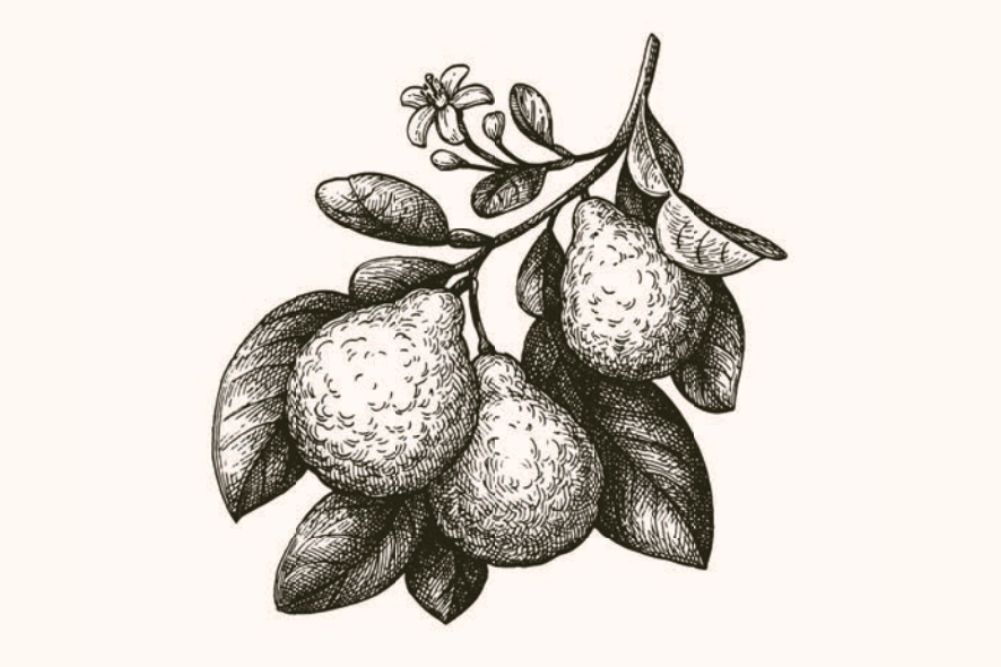Fermented food favourites
Did you know that olives and vanilla bean belong to the fermented food family? These five humble foods will load your gut with beneficial bacteria.
Fermented foods are enjoying a wonderful resurgence of popularity — and for good reason. They are incredible, functional foods that deliver amazing health benefits and they can be delicious, too! Perhaps a traditional sauerkraut is not everyone’s cup of tea — however, there are many options that might be more aligned with your taste buds.
Miso
Miso is a Japanese fermented bean paste. It is commonly made using soybeans but can also be made using other grains or plants; for example, genmai miso contains brown rice, soba miso contains buckwheat, shiro miso contains sweet rice, and mugi miso contains barley. Taste-wise, miso sits happily in the umami camp — a strong, savoury flavour that we have only recently discovered we have taste receptors for, along with the commonly recognised sweet, sour, salty and bitter flavours.
Aside from its delicious taste, miso has a rich nutritional profile, varying slightly depending on whether it has been made with soybeans or another grain. Minerals such as copper, zinc, phosphorous and various antioxidants are all present. Generally, the longer the fermentation time, the greater the nutritional value.
Digestively, depending on the fermentation process and processing of your miso, unpasteurised versions contain some beneficial lactic acid bacteria to support digestive health. The primary bacteria used to ferment miso is Aspergillus oryzae, which also helps to break down soybeans so that our bodies can more easily assimilate the protein, carbohydrates and fats within.
The colour of miso paste varies from an earthy brown to a sunny straw colour, depending on the bean or grain used and fermentation time.
The colour of miso paste varies from an earthy brown to a sunny straw colour, depending on the bean or grain used and fermentation time. The flavour varies with richness, with the lighter miso being the sweetest, and the darker providing a stronger and more complex taste. Looking out for an unpasteurised miso will give you the advantage of the beneficial bacteria.
When incorporating this lovely paste into your diet, don’t be limited to soup — although this is an incredibly delicious option. Think of miso as a salty, umami flavour enhancer that you can add to dips, on roasted vegetables, or even just spread onto toast à la vegemite. My hot tip is to pair it with something sweet — it takes your banana bread to the next level! The important thing to remember when serving your miso is not to boil it if you want to retain all the health benefits, so add it into your soups after plating up.
Shanklish
Shanklish is a type of cheese made from a combination of sheep or goat yoghurt. Popular in Syria, Egypt, Lebanon and Turkey, it can vary in texture and flavour. After separation of the butter from the yoghurt, the fresh cheese is formed into balls and then left to ferment in the sunshine for 10 days. The fermented cheese is then coated in a delicious herby za’atar — a mix of thyme, anise, coriander, cumin, fennel and sumac; it can either be consumed at this point or left in the dark to ferment further.
With all this deliciousness you also get some great nutrition. High in protein and calcium, there are also the various antioxidant, anti-inflammatory, mineral-rich and digestive benefits of the za’atar coating to add to the mix.
Shanklish is delicious eaten as part of a platter, in a salad with tomato, onion and olive oil or squashed onto a lovely piece of bread with cucumber and mint.
Kimchi
The fiery, funky and confident cousin of sauerkraut, kimchi is a delectable combination of crunchy vegetables, saltiness and Korean red chilli. Kimchi has hands down always been my favourite ferment. I remember discovering it for the first time early in my studies in a Food as Medicine class and learning about this Korean superstar that is enjoyed daily by most of the Korean population.
Pleasingly, you will now see it on many a café menu which I am thrilled about. Kimchi pairs beautifully with scrambled eggs and avocado and is delightful with beans, rice, noodles or soup.
Nutritionally, kimchi boasts B vitamins, vitamins C and K and beta-carotene, along with minerals such as potassium and magnesium. Depending on the exact ingredients used to make your batch, these nutrients will vary slightly, but common ingredients include wombok, carrot, garlic, ginger and of course chilli.
Left to ferment, this combination becomes a happy jungle of lactic acid bacteria that not only create a nutritional gift for your digestive system, but are also shown to support the immune system, skin health, brain function and cholesterol balance.
Olives
Yes, our salty little friends are fermented. Given the pervasiveness of olives in our food, it is easy to forget that they are full of gut-loving lactobacilli. But that is not the end of their benefits — rich in monounsaturated fat, olives are incredibly heart-healthy and rich in polyphenols that assist in preventing the build-up of cholesterol in arteries. Add anti-inflammatory and antimicrobial to the mix, and you have a really attractive snack. The downside is that they can be quite high in salt. In the bigger picture of a diet rich in fresh produce, this is not a big deal. However, if you already consume a lot of high-salt foods, or processed foods, this is something to keep in mind. Perhaps swapping out your salted pretzels for some olives could be a nice way to go?
Vanilla
Vanilla is the fermented and dried seedpod of a beautiful orchid species and a highly sought-after spice that is now grown in many countries around the world. Originally from Central and South America, the orchid is pollinated by bees to produce a pod, sometimes called the bean. There is a very short window of opportunity for this to happen, and on top of this the species of bee that is able to pollinate the orchid does not live in many of the countries that grow vanilla. This has led to a hand-pollination technique developed back in the 19th century, which essentially involves pushing the male and female parts of the flower together. This painstaking process is very effective and still used today.
Inside the pod are thousands of tiny seeds. Pods are harvested before they ripen and then the process of fermenting begins. There are a number of different ways that this happens, one method being briefly blanched in hot water and “sweating” in a box for several days. This process encourages the dominance of the Bacillus genus of bacteria, given that they are heat-tolerant. The delicious aroma also begins to develop at this point. It is a long and labour-intensive task to get to the end of this curing process, which helps to explain why vanilla is the second most expensive spice (second to saffron).
In terms of nutrition, vanilla contains modest amounts of magnesium and calcium. However, I love to use it as a way of keeping the other sweeteners down in in my cooking.
Recent research says that only around 1 per cent of the global market in vanilla flavour is sourced from actual vanilla beans. Much of vanilla flavour production relies on using different synthetic versions that are more cost-effective.
Traditionally, this process has not been environmentally friendly or sustainable, but new methods are being developed to address it in a bid to keep up with our insatiable taste for the distinct flavour. The real deal is much richer and more complex in flavour, and hopefully understanding the lengthy process behind vanilla will encourage us to appreciate better appreciate this gorgeous spice.








